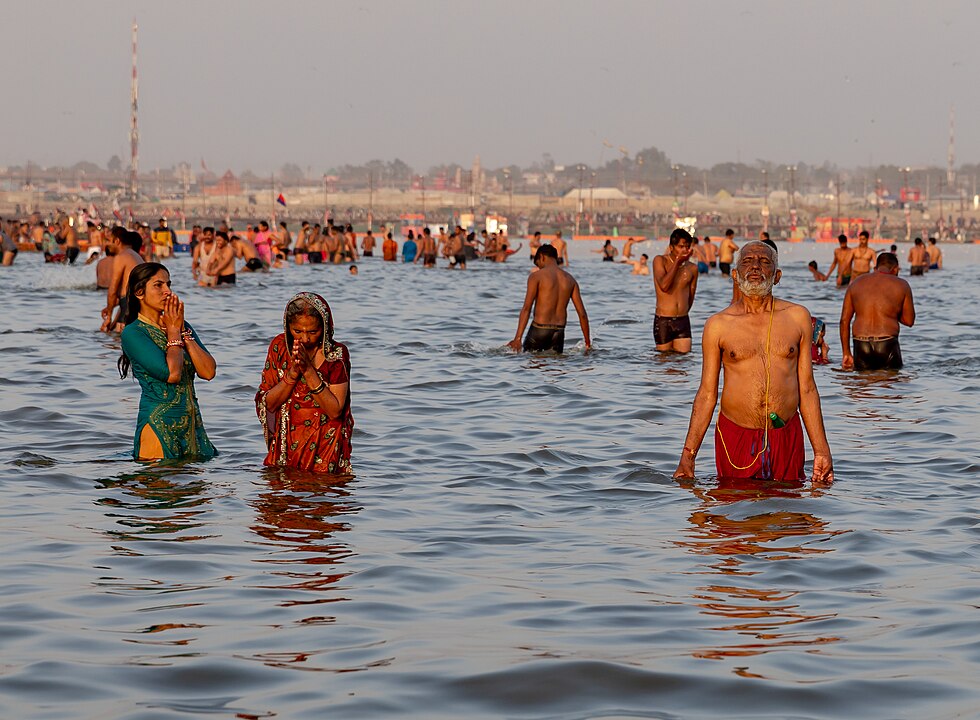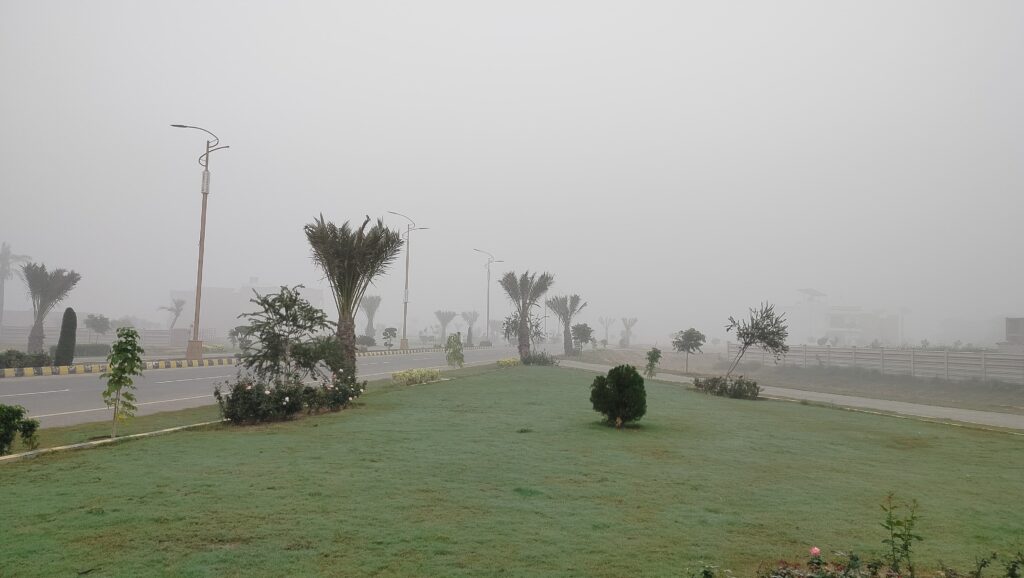Maha Kumbh Mela
The Maha Kumbh Mela is one of the largest and most sacred religious gatherings in the world, celebrated in India. Rooted in ancient Hindu mythology, this festival is a blend of spirituality, culture, and devotion, drawing millions of pilgrims from across the globe. It is an awe-inspiring spectacle that symbolizes faith, unity, and the eternal quest for salvation.
The Legend Behind Kumbh Mela
The origins of the Kumbh Mela are tied to the mythological story of Samudra Manthan, the churning of the ocean of milk by gods and demons. During this event, the nectar of immortality (amrita) emerged. A fierce battle ensued over the nectar, and in the process, drops fell at four locations:
- Prayagraj (Allahabad): The confluence of the Ganges, Yamuna, and Saraswati rivers.
- Haridwar: On the Ganges River.
- Ujjain: On the Shipra River.
- Nashik: On the Godavari River.
These locations became sacred, and the Kumbh Mela is celebrated in rotation among them, turning each site into a spiritual epicenter during the festival.
The Sacred Cycle:
The Kumbh Mela is held based on astrological alignments, creating a unique spiritual rhythm that devotees deeply revere:
- Ardha Kumbh Mela: Occurs every 6 years.
- Purna Kumbh Mela: Held every 12 years.
- Maha Kumbh Mela: The grandest of all, celebrated once every 144 years, exclusively in Prayagraj.
This cyclic occurrence reflects the cosmic order and holds immense spiritual significance for believers, who undertake arduous journeys to participate in the event.

Rituals and Celebrations:
The festival’s centerpiece is the Shahi Snan (Royal Bath), where millions of devotees bathe in the sacred rivers. Hindus believe this act cleanses sins and purifies the soul, helping them attain moksha (liberation). The Shahi Snan days are considered the most auspicious, attracting crowds in unprecedented numbers.
Other key highlights of the festival include:
- Religious Processions: Ascetics, saints, and sadhus from various akharas (monastic orders) lead vibrant processions, often on elaborately decorated chariots. These processions are a visual treat, showcasing the rich diversity of Hinduism.
- Chanting and Hymns: Devotees engage in spiritual discourses, devotional singing, and chanting of hymns, creating an atmosphere of divine energy.
- Cultural Showcases: The festival is also a platform for showcasing India’s heritage, with traditional music, dance, art, and food stalls.
- Tent Cities: Temporary settlements are erected to accommodate millions, complete with amenities and facilities to cater to the needs of pilgrims.

A Feast for the Senses
Beyond its religious aspects, the Maha Kumbh Mela is a grand celebration of India’s rich heritage and humanity’s eternal quest for enlightenment. The festival offers a feast for the senses—the sight of saffron-clad sadhus, the sound of conches and bells, the aroma of incense and traditional food, and the palpable energy of devotion. For visitors, it is an unforgettable experience that leaves a lasting spiritual imprint.

UNESCO Recognition
In 2017, the Kumbh Mela was recognized by UNESCO as an Intangible Cultural Heritage of Humanity, a testament to its significance as a global spiritual phenomenon. This recognition highlights the event’s cultural and historical value, transcending religious boundaries and inspiring awe worldwide.
A Gathering Like No Other
The Maha Kumbh Mela is not just a festival; it is a phenomenon. It embodies the spirit of faith, devotion, and unity in diversity. As millions come together to celebrate this ancient tradition, the event serves as a reminder of the enduring power of spirituality and the timeless connection between humanity and the divine.
Whether you’re a devout pilgrim or an observer, the Maha Kumbh Mela offers a unique opportunity to witness the confluence of faith, culture, and history on an unparalleled scale.
“Information provided by ChatGPT, an AI language model by OpenAI.”


